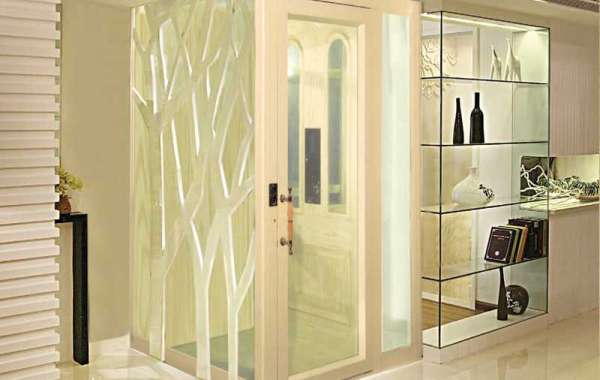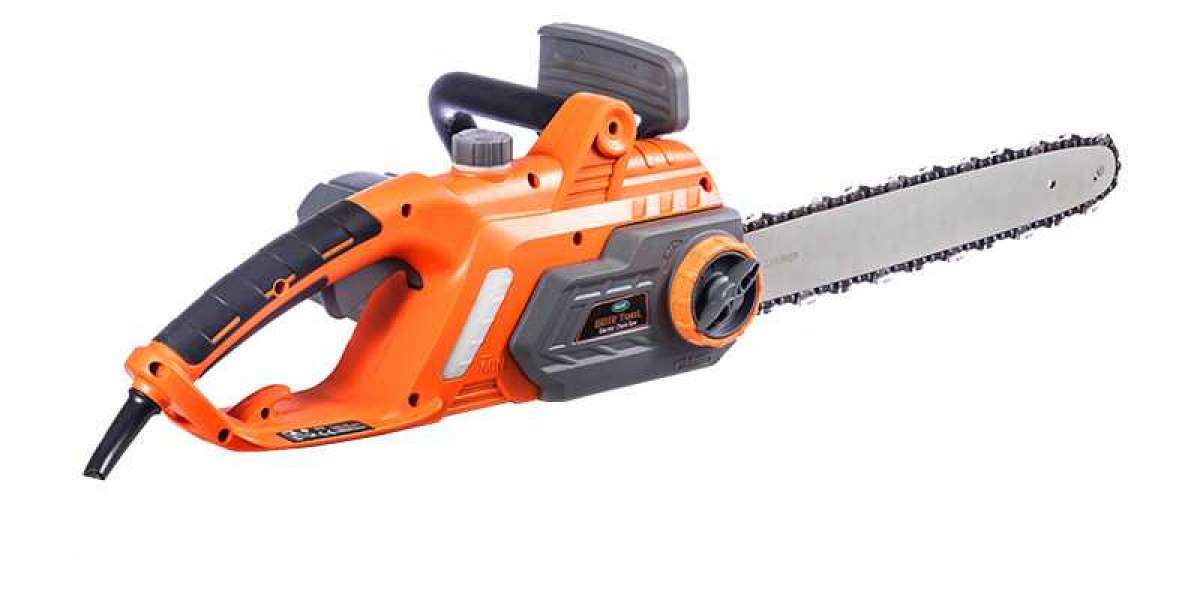In recent years, the demand for Villa Elevator has increased significantly. In some high-end residential buildings, many customers choose to install a villa elevator. What are the national standards for installing villa elevators? In May 2018, China issued the "Villa Elevator Manufacturing and Installation Code" National Standard GB/T21739-2008, otse elevator company will refine the standard requirements into the following points, I hope that the owners who are ready to install the villa elevator can There is some help.
- The definition of a villa elevator, installed in a private residence, is only used by elevators for single family members. It can also be installed in a building that is not used in a single home, as a tool for a single family to enter its home, but not accessible to the public or other occupants in the building. According to the above definition, it is installed in the general home. If it is installed in a commercial facade or in a non-residential house, it must be used by domestic staff to enter the family home.
2, rated speed. The rated speed of the villa elevator is not more than 0.4 m / s, and the rated speed of the elevator of the villa without car door should be no more than 0.3 m / s. According to this standard, the speed of the general traction type villa elevators is currently set at 0.4 m / s, while the screw elevators are generally at 0.15 m / s.
- Itinerary. The car journey should not exceed 12 meters. The car journey is generally understood, that is, the distance from the lowest floor to the highest floor, also known as the lift height of the elevator. Generally, the distance from the 1st floor to the 4th floor of the villa will not exceed 12 meters. This requirement has nothing to do with the number of elevator stops. There are many customers who have 1 and a half floors, 2 floors and a half, etc., so that the elevator can stop at 5 stations or more from the first floor to the 4th floor.
- Rated load capacity. The calculation shall be based on a net load-bearing area (the area occupied by the handrail is also included) of at least 250 kg/m2; the rated load shall not exceed 400 kg. Therefore, at present, villa elevators are generally divided into 180 kg, 260 kg, 320 kg and 400 kg according to the size of the car.
- Car area. The net loading area of the car (the area occupied by the handrail should also be counted) should not exceed 1.6 square meters. Generally in the actual design and production, the maximum car area size will be 1.2 meters * 1.3 meters, 1.15 meters * 1.35 meters, 1.1 meters * 1.4 meters and so on.
The national standards for villa elevators mentioned above are recommended standards and are different from the mandatory standards for passenger elevators. General passenger elevators require mandatory acceptance, while villa elevators are recommended by the Technical Supervision Bureau. If the customer has the acceptance requirements, the villa elevator manufacturer will cooperate with the required materials qualification, and the customer will apply for acceptance and bear the corresponding expenses. The standard and acceptance are different, but the villa elevator manufacturer will not have different quality requirements for the elevators installed and installed. Even for the survival of the enterprise, the self-requirement will be stricter and the customers can rest assured.



